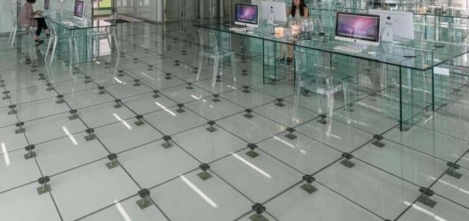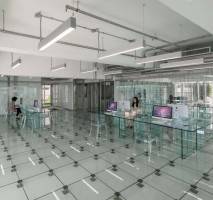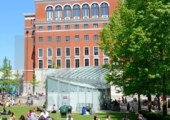June 24, 2016
Property and workplace experts have their say on the Brexit outcome 0
 Well, the results are in and the UK’s electorate has voted by a narrow margin for the country to leave the EU. There are likely to be other developments but whatever you make of the UK’s decision to vote to leave the EU – and I think it’s fair to say most independent people think it’s inexplicable – there’s no doubt that it will have a profound impact on the UK’s economy, relationship with the world, culture, working conditions and markets. What it will mean in practice won’t be apparent for months or years, of course, but that hasn’t stopped experts who work in the property, workplace, design, legal, HR and architecture sectors having their say on its potential implications. We’ll look at these specific issues in more detail going forward but for now, here’s a round-up of those we have so far, which we’ll keep updated throughout the day as the dust settles on what will prove to be a momentous decision for the UK, Europe and rest of the world.
Well, the results are in and the UK’s electorate has voted by a narrow margin for the country to leave the EU. There are likely to be other developments but whatever you make of the UK’s decision to vote to leave the EU – and I think it’s fair to say most independent people think it’s inexplicable – there’s no doubt that it will have a profound impact on the UK’s economy, relationship with the world, culture, working conditions and markets. What it will mean in practice won’t be apparent for months or years, of course, but that hasn’t stopped experts who work in the property, workplace, design, legal, HR and architecture sectors having their say on its potential implications. We’ll look at these specific issues in more detail going forward but for now, here’s a round-up of those we have so far, which we’ll keep updated throughout the day as the dust settles on what will prove to be a momentous decision for the UK, Europe and rest of the world.

































July 4, 2016
New office market briefing remains cautious about impact of potential Brexit 0
by Mark Eltringham • Comment, Company news, Knowledge, Property